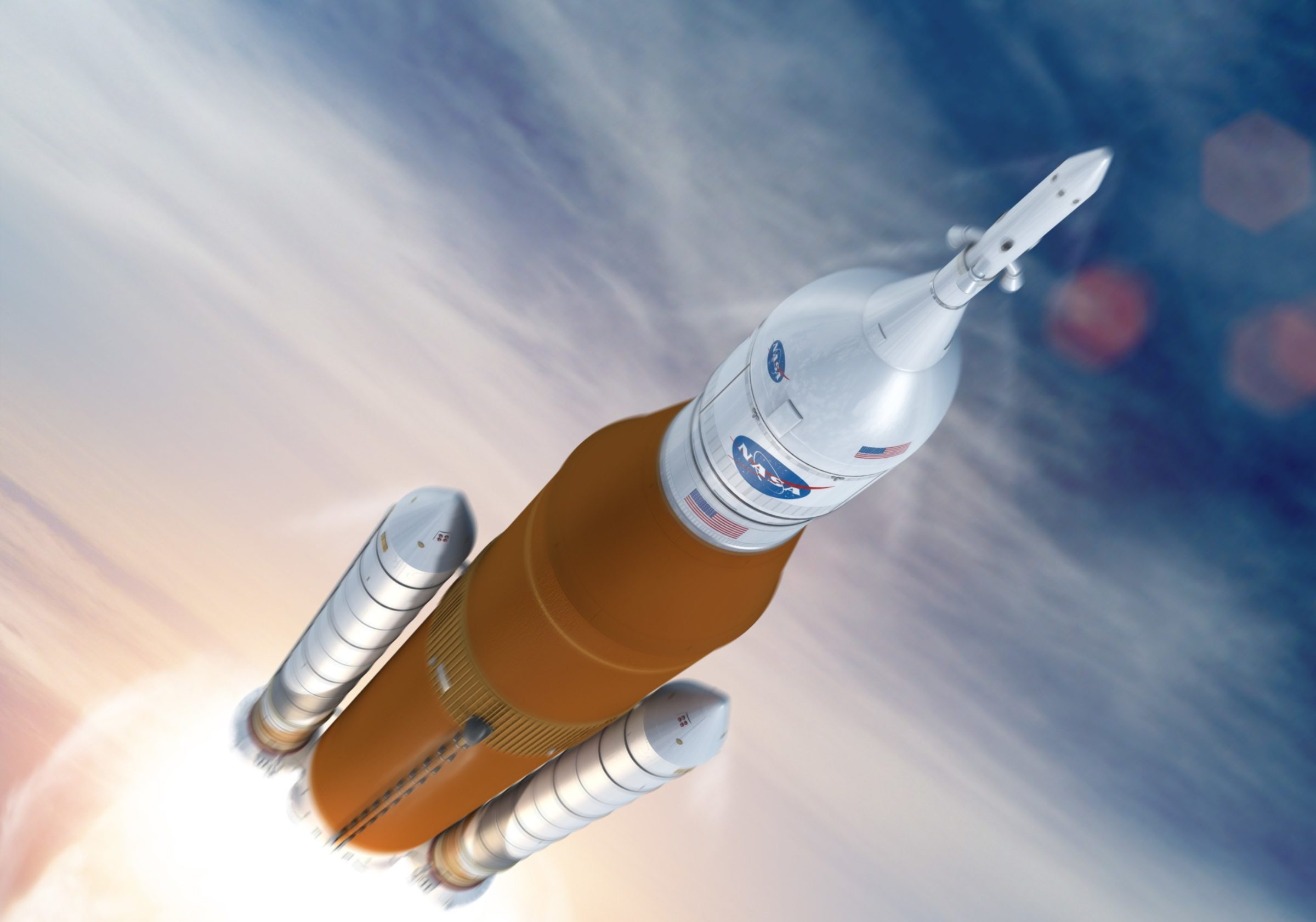Planetary Radio • Sep 05, 2018
Big Science, Big Rocket at the Marshall Space Flight Center
On This Episode
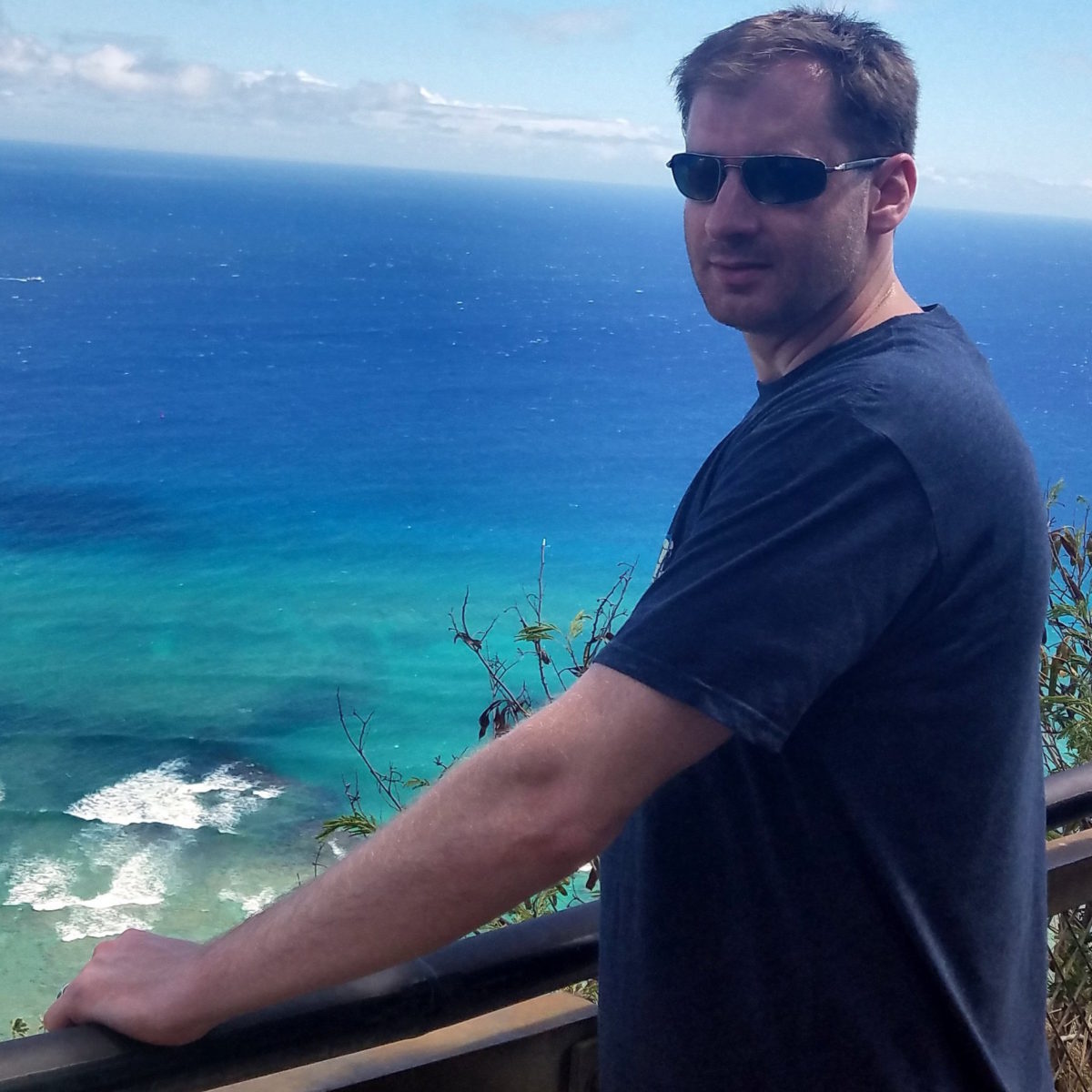
Adam Goldstein
Fermi Team Member for University Space Research Association
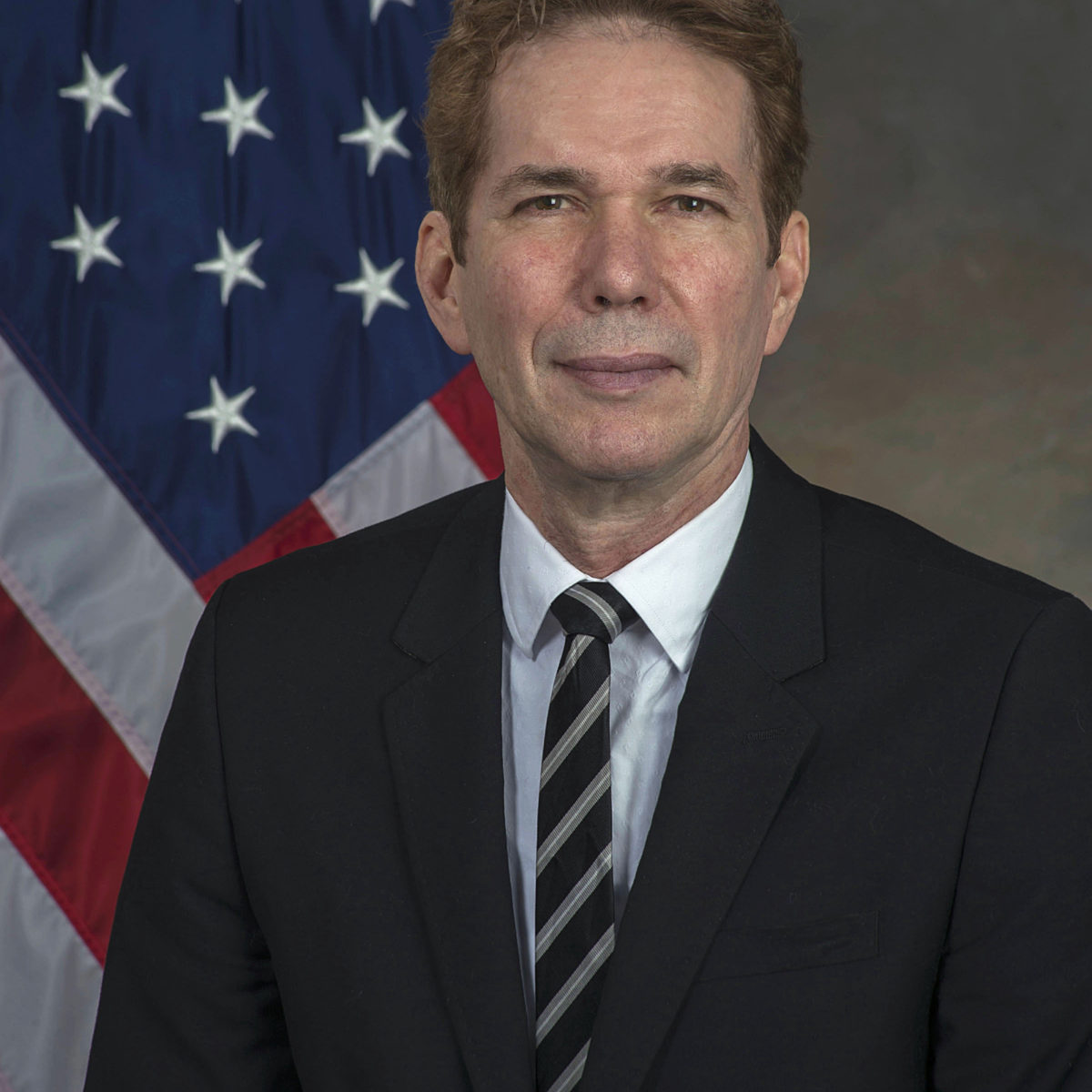
Paul McConnaughey
MSFC Associate Director, Technical

Mark McElyea
Associate Manager, Payload & Mission Operations Division

Andrew Schorr
MSFC Spacecraft Payload Integration & Evolution Deputy Manager

Bruce Betts
Chief Scientist / LightSail Program Manager for The Planetary Society

Mat Kaplan
Senior Communications Adviser and former Host of Planetary Radio for The Planetary Society
Mat Kaplan’s Huntsville, Alabama trip wraps up with a tour of the historic and history-making Marshall Space Flight Center. Join him at the control center for research underway on the International Space Station, under a tent where a critical component of the Space Launch System rocket is getting finishing touches, in a conversation about the Fermi spacecraft’s search for the universe’s biggest explosions, and with the Center’s Associate Director for Technical efforts. Wrap up with Bruce Betts and the anniversaries of one fictional and one factual explorer of deep space.
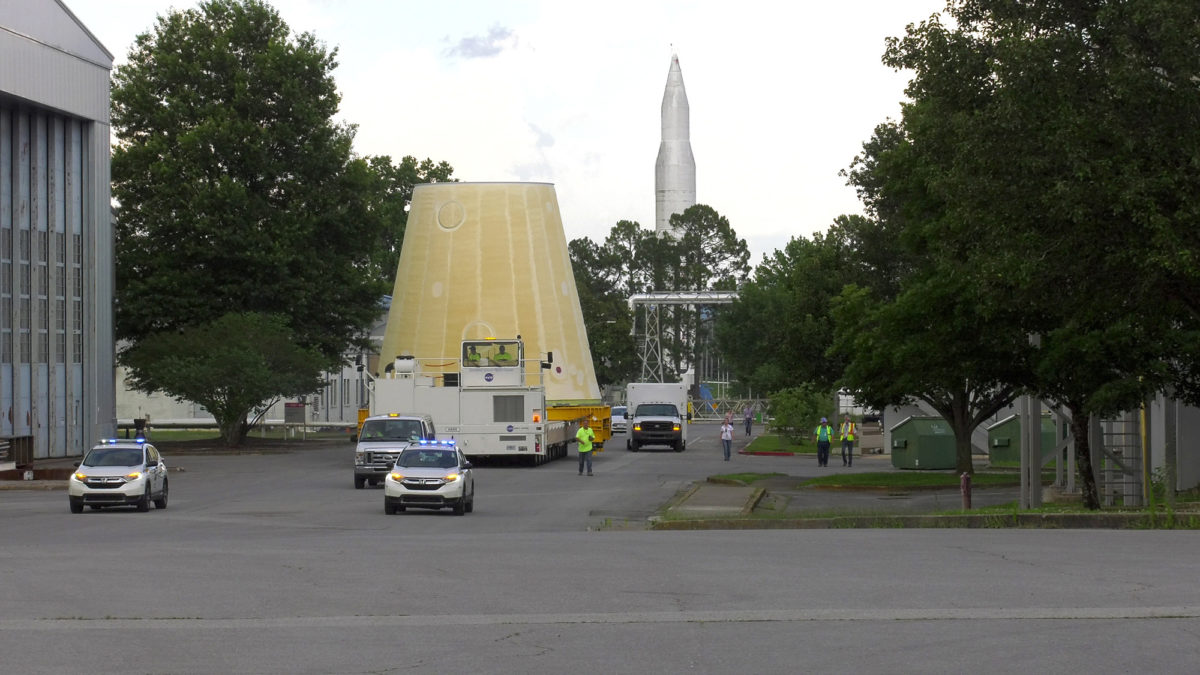
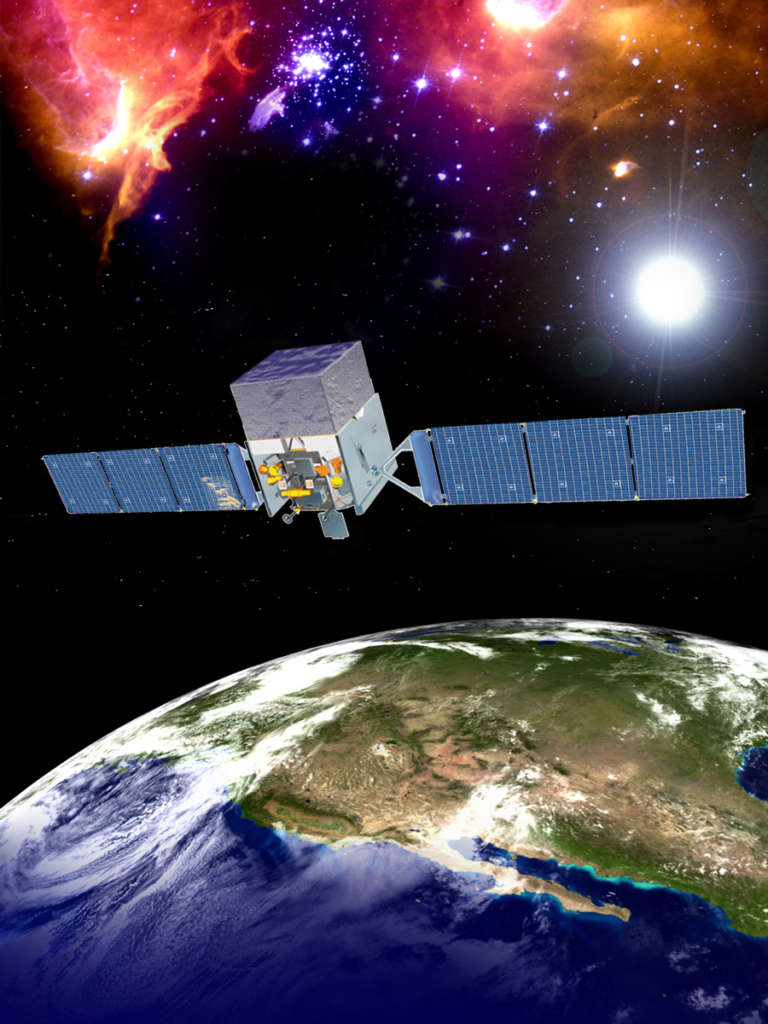
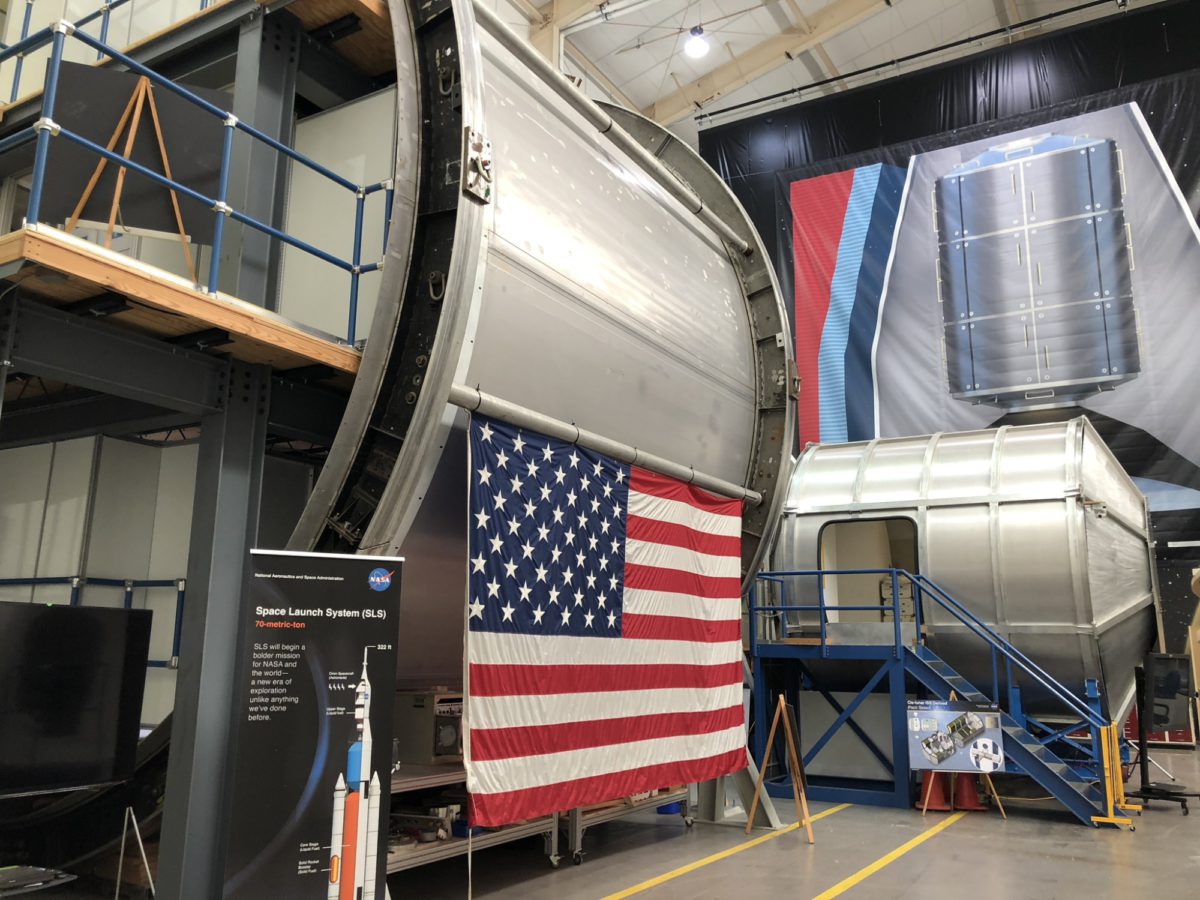
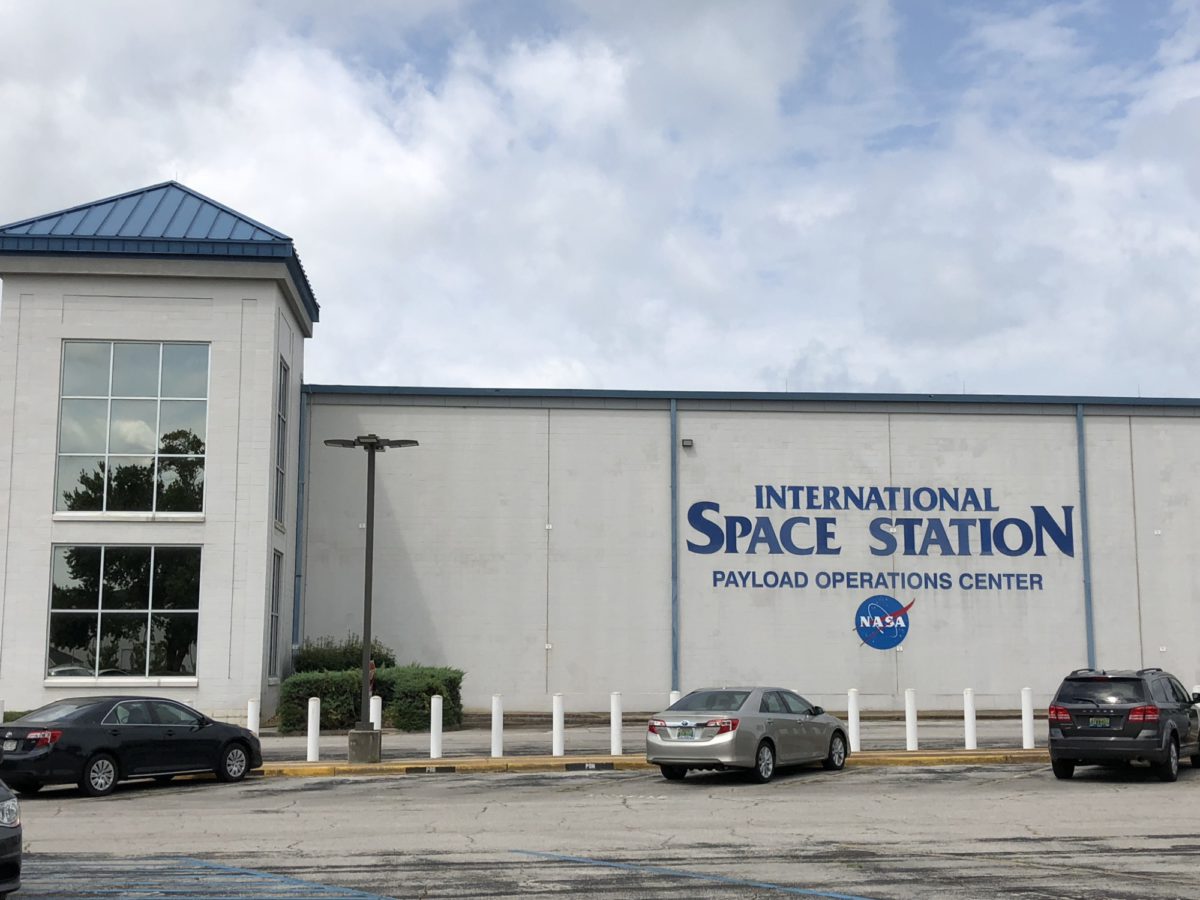
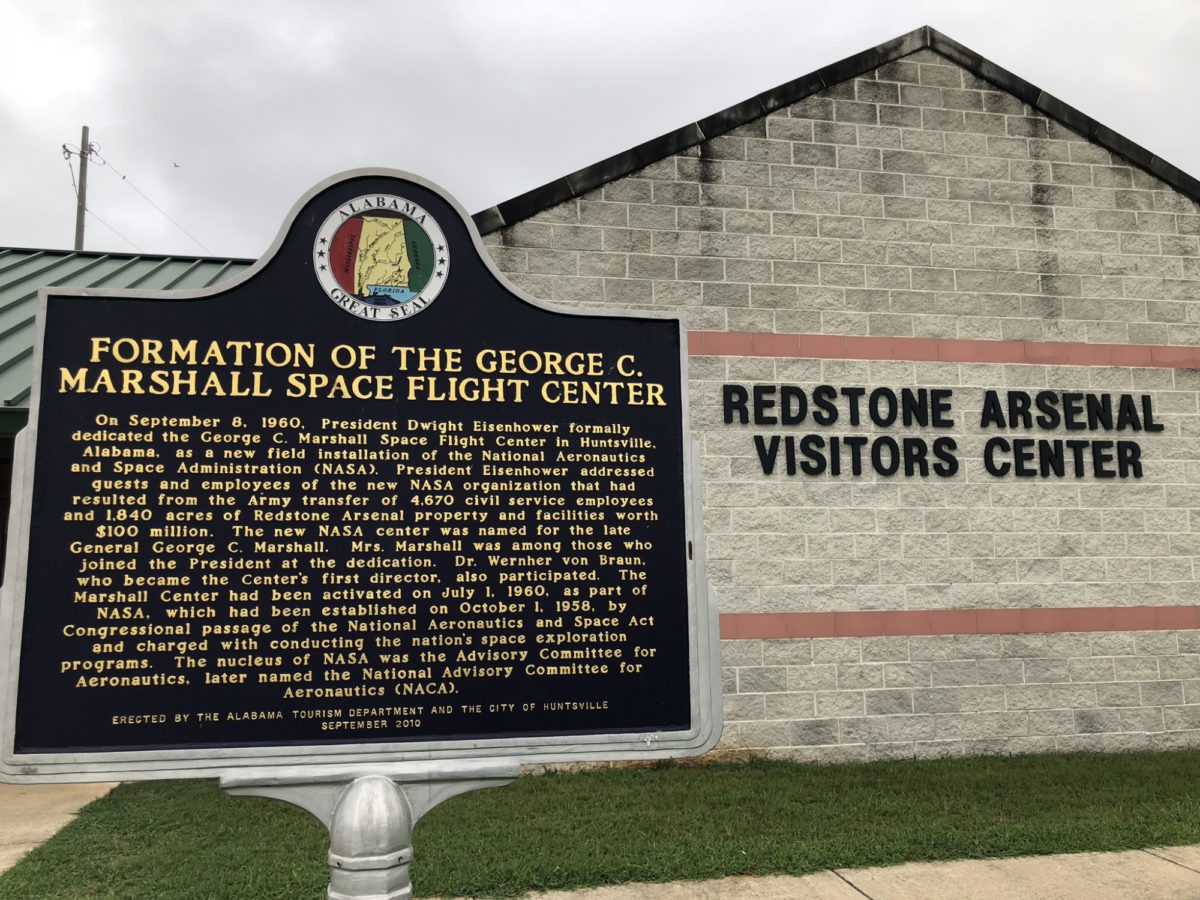
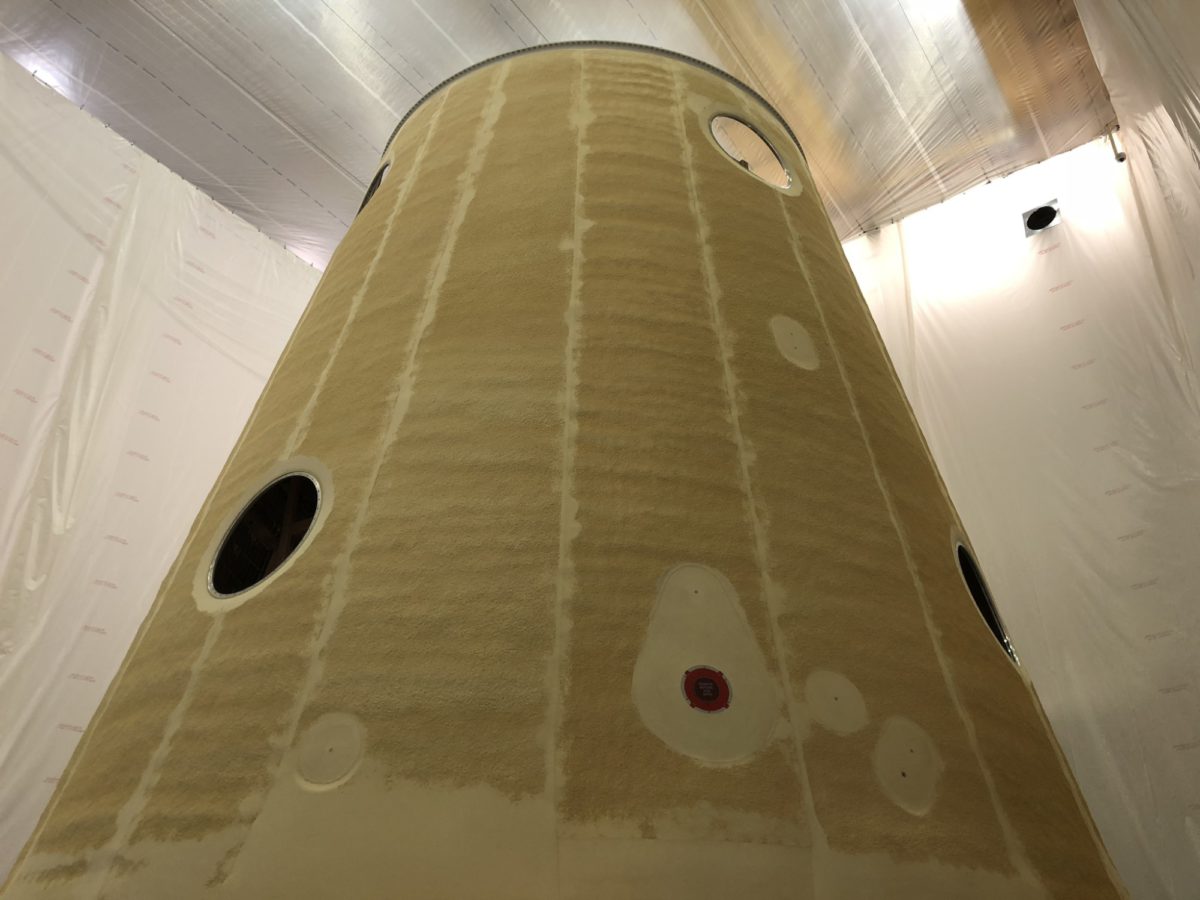
- Marshall Space Flight Center
- Space Launch System
- Foam and Cork Insulation Protects Deep Space Rocket from Fire and Ice
- ISS Payload Operations Center
- Fermi Gamma-ray Space Telescope
This Week’s Prizes:
A svelte Planetary Radio t-shirt from the Planetary Society Chop Shop store and a 200-point iTelescope.net astronomy account.
This week's question:
What is the diameter of the Voyager 1 and 2 high-gain antennas?
To submit your answer:
Complete the contest entry form at http://planetary.org/radiocontest or write to us at [email protected] no later than Wednesday, September 12th at 8am Pacific Time. Be sure to include your name and mailing address.
Last week's question:
What is the closest black hole to Earth that we know of?
Answer:
The answer will be revealed next week.
Question from the August 22 space trivia contest:
Who is the Spitzer Space Telescope named after? (And don’t tell us, “a guy named Spitzer.”)
Answer:
The Spitzer Space Telescope is named after astrophysicist Lyman Spitzer Jr. who was the first to propose a space-based telescope in 1946.


 Explore Worlds
Explore Worlds Find Life
Find Life Defend Earth
Defend Earth


